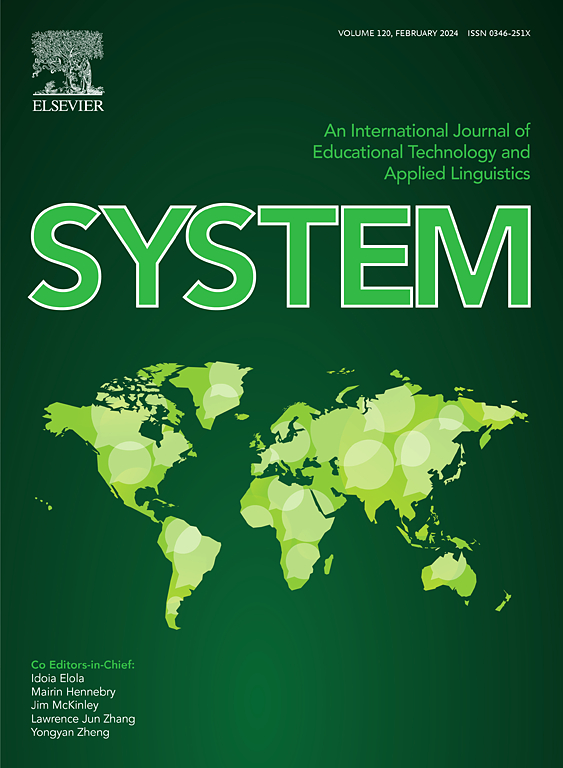功能验证探讨miR-223在金黄色葡萄球菌诱导的牛乳腺炎中的保护作用
IF 7
1区 农林科学
Q1 Agricultural and Biological Sciences
引用次数: 0
摘要
由金黄色葡萄球菌(金黄色葡萄球菌)引起的乳腺炎是乳品行业最棘手的问题之一,导致全球奶牛产奶量大幅下降和早期屠宰。MicroRNAs (miRNAs)可以转录后调控基因表达,近年来的研究表明mirna相关基因调控在金黄色葡萄球菌诱导的乳腺炎中的重要性。在这项研究中,为了研究miR-223在乳腺炎中的作用,我们在金黄色葡萄球菌感染的永活牛乳腺上皮细胞系(MAC-T)中进行了过表达和抑制miR-223的实验。在MAC-T细胞中过表达miR-223可抑制金黄色葡萄球菌感染诱导的细胞凋亡和坏死,而抑制miR-223则具有相反的作用。加权基因共表达网络分析(WGCNA)和基因集变异分析(GSVA)的转录组表达谱显示,miR-223影响细胞凋亡和炎症相关途径。此外,我们评估了差异表达(DE)基因,并评估了miR-223过表达组和抑制组中表达趋势不同的基因作为miR-223的潜在靶基因。潜在的靶基因,包括CDC25B、PTPRF、DCTN1和DPP9,被观察到与细胞凋亡和坏死坏死有关。最后,通过对全基因组关联研究(GWAS)数据和动物数量性状位点(QTL)数据库的整合分析,我们确定miR-223的靶基因显著富集与体细胞计数(SCC)和乳腺炎相关的单核苷酸多态性(SNP)和QTL。综上所述,miR-223通过调节PTPRF、DCTN1和DPP9对金黄色葡萄球菌诱导的细胞凋亡和坏死具有抑制作用。这些基因在与牛乳腺炎抗性相关的QTL区域显著富集,强调了它们在疾病抗病性遗传调控中的相关性。我们的研究结果为通过选择性育种增强乳腺炎抗性,特别是金黄色葡萄球菌诱导的乳腺炎提供了关键的遗传标记。这项工作为通过有针对性的遗传选择来开发具有更好的乳腺炎抗性的牛提供了有价值的见解。本文章由计算机程序翻译,如有差异,请以英文原文为准。
Functional validation to explore the protective role of miR-223 in Staphylococcus aureus-induced bovine mastitis
Mastitis caused by Staphylococcus aureus (S. aureus) is one of the most intractable problems for the dairy industry, causing significantly reduced milk yields and early slaughter of cows worldwide. MicroRNAs (miRNAs) can post-transcriptionally regulate gene expression and studies in recent years have shown the importance of miRNA-associated gene regulation in S. aureus-induced mastitis. In this study, to investigate the role of miR-223 in mastitis, we performed experiments to overexpress and suppress miR-223 in an immortalized bovine mammary epithelial cell line (MAC-T) infected with S. aureus. Overexpression of miR-223 in MAC-T cells repressed cell apoptosis and necrosis induced by S. aureus infection, whereas suppression of miR-223 had the opposite effect. Transcriptome expression profiling with weighted gene co-expression network analysis (WGCNA) and gene set variation analysis (GSVA) showed that miR-223 affects apoptosis and inflammation-related pathways. Furthermore, differentially expressed (DE) genes were evaluated, and genes exhibiting contrasting expression trends in the miR-223 overexpressed and suppressed groups were assessed as potential target genes of miR-223. Potential target genes, including CDC25B, PTPRF, DCTN1, and DPP9, were observed to be associated with apoptosis and necroptosis. Finally, through integrative analysis of genome-wide association study (GWAS) data and the animal quantitative trait loci (QTL) database, we determined that target genes of miR-223 were significantly enriched in single-nucleotide polymorphisms (SNP) and QTLs related to somatic cell count (SCC) and mastitis. In summary, miR-223 has an inhibitory effect on S. aureus-induced cell apoptosis and necrosis by regulating PTPRF, DCTN1, and DPP9. These genes were significantly enriched in QTL regions associated with bovine mastitis resistance, underscoring their relevance in genetic regulation of disease resilience. Our findings provide critical genetic markers for enhancing mastitis resistance, particularly S. aureus-induced mastitis, through selective breeding. This work offers valuable insights for developing cattle with improved resistance to mastitis via targeted genetic selection.
求助全文
通过发布文献求助,成功后即可免费获取论文全文。
去求助
来源期刊

Journal of Animal Science and Biotechnology
AGRICULTURE, DAIRY & ANIMAL SCIENCE-
CiteScore
9.90
自引率
2.90%
发文量
822
审稿时长
17 weeks
期刊介绍:
Journal of Animal Science and Biotechnology is an open access, peer-reviewed journal that encompasses all aspects of animal science and biotechnology. That includes domestic animal production, animal genetics and breeding, animal reproduction and physiology, animal nutrition and biochemistry, feed processing technology and bioevaluation, animal biotechnology, and meat science.
 求助内容:
求助内容: 应助结果提醒方式:
应助结果提醒方式:


